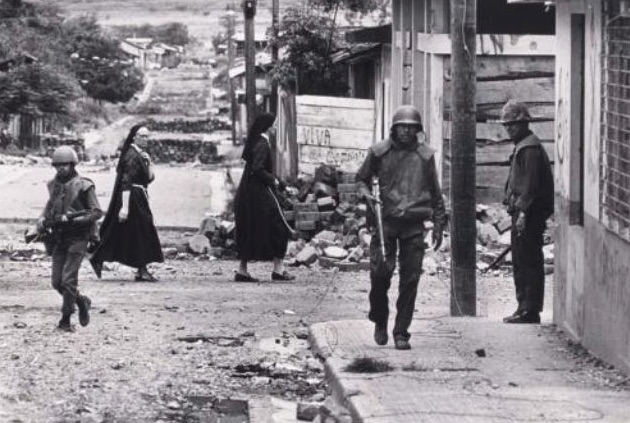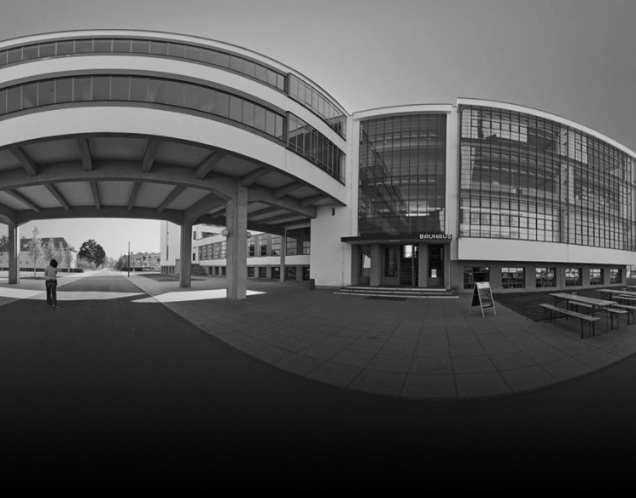
I have added this image as a pre-amble to my reflection as it makes me smile. I shot this on holiday in Crete in July 2016. The more I look at it the stranger it feels. Let me know what you think.
A photograph is like a watch or a clock, it is a device for telling/capturing the time. How well the time is told will depend on how emotive/enjoyable the photo is to the viewer.
What does an image have to tell us for it to be a good image? If I find this out, will you agree with me? Maybe not. Photography is nothing to someone but everything to someone else. Opinions cannot be wrong, in my opinion
Photography has not changed since its’ inception in so much as it records time, yes this took much longer at first, but it is still a form of time travel. Some loved the art (if it is art) and some did not as is the same now
What I do know is that there is an amazing amount of photography out there and that I need to find a way for my photography to be enjoyed. This is still an elusive task. I have spent much of the last month reading and looking at other people’s work. Some does not inspire, some does. So what is the inspiration? This I will find as I travel through the course.
My own images to date have been boring and un-inspirational, but they have so far served me well, as I do not plan to repeat the mundane nature of my images.
composition was the focus of the first part of the course from points to lines and the use of the frame and I feel that there is no right or wrong way to use what is at your disposal but sometimes your images may need further justification. However, be careful when using captions as this may close down the thoughts of the viewer.
The language some experts use to explain photography has amused me, such as Barthes, where I have spent may an hour reading and then using the dictionary to understand what he means. I hope my amusement turns from ignorance to understanding and then appreciation. Some of the books read, including Barthes and Berger’s will need to be re-read when my understanding and knowledge has been increased. Sometimes they are too heavy for me and hard to read.
My book library has massively expanded and I am now £100 lightter in the pocket but the books are worth it and will keep me busy for a while and be a great future reference.
Blogging is a new feature to me. This seemed an odd habit to develop but now I love it and update this on a regular basis. It is cathartic and I feel happy to almost bare my soul.
Referencing is also new to me and I have found doing this on a regular basis is the key.
I have found working in the P mode with my camera very strange, as I never use it, preferring to be totally manual, but it does emphasise the point of how the first images were developed and the issues photography had. Toda’ys instruments are so much more complex, to the point of ridicule, yet the still record the moment and are bound by a frame!!!
There has been a real trend with my images on the blog so far, and that is they are almost devoid of people. This will be turned round on the next section of the course.
I have been studying an American photographer called John Crossley, who is an up and coming photographer. His images actually speak to me. They convey emotion and presence and are mainly street photography, with some conceptual work in there. I have also enjoyed looking at he works of Edward Weston and a number of others I have referenced.
My challenge is to ensure my work is more people centric and to try to get my images to speak to me and maybe they will speak to others too.
I have been too rigid in my choice of subject and have I been shy/afraid of people?
Time has been disappearing and I feel I have spent too much time of the theory and not enough practical work. This will change as above.
Am I too self critical or am I honest? I don’t have the answer, but I am well short of where I want to be. I do not have a style yet, which I so want to develop. There is no seriality. This will come. I have no genre, that is my favourite and I would like to develop this theme. This will come. I would like to work in photography, but doing exactly what, I am not sure. This will come.
What I am sure of is, I have the desire and the determination to improve and progress, technically and artistically.
Have I enjoyed what I have done? Yes.
Can I do better? Yes, most definitely.









































